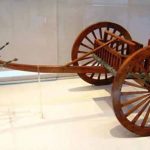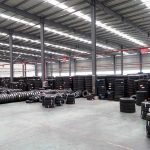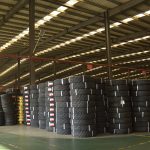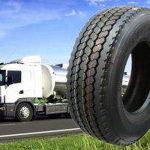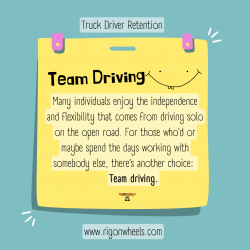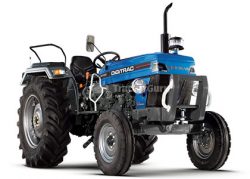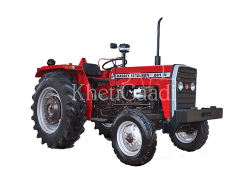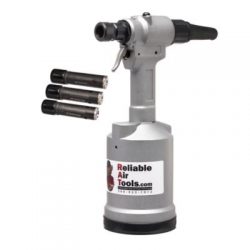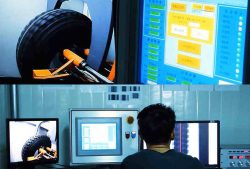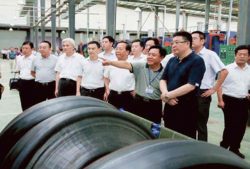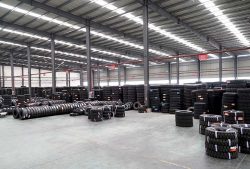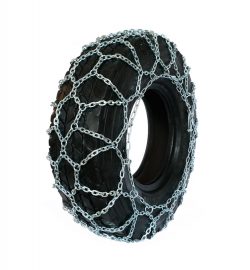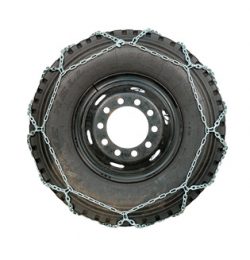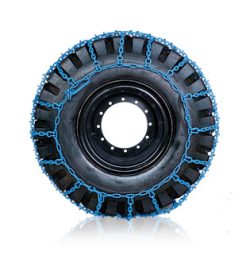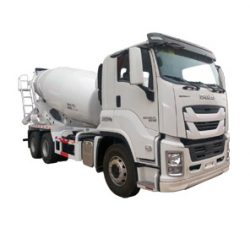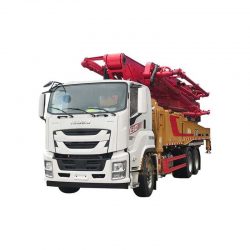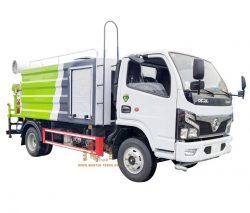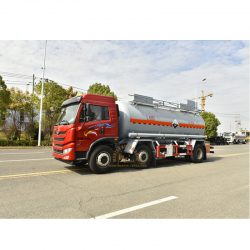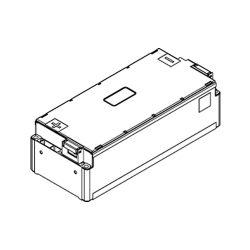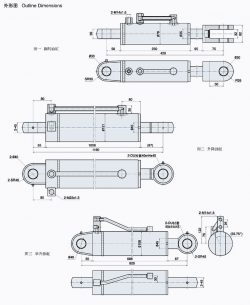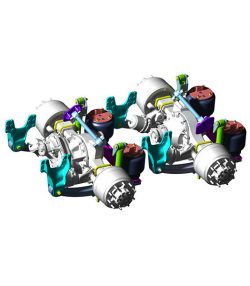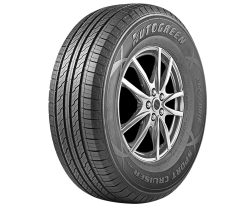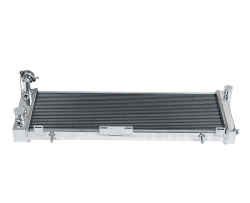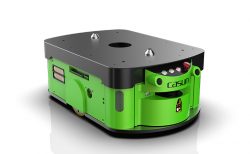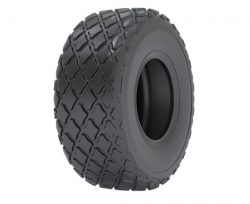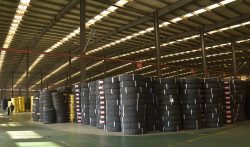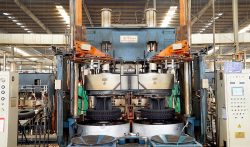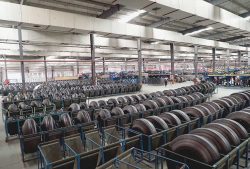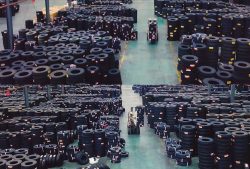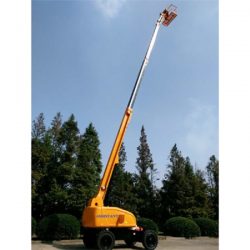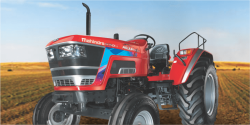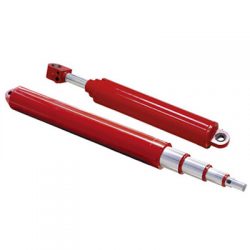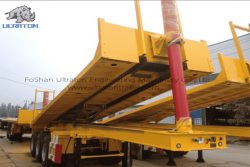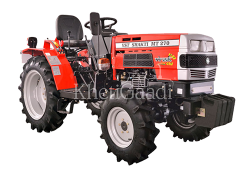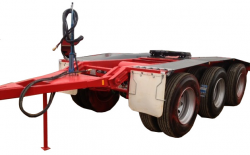Should You Change Your Tractor Tires? This Article Tells You How to Distinguish
1. Serious Wear
There is a wear limit sign on each tread groove that is about 2mm thick (1.6mm to be exact). The professional tire shop suggests that when the wear thickness of tires reaches twice the wear limit height (i.e. 3.2mm), it should be frequently checked. If conditions permit, it is recommended to replace it.
2. Punctured Tire Wall
Many people know that the sidewall injury is very serious, so they think that the tire should be replaced immediately if the sidewall is punctured. In fact, this is not rigorous. A punctured sidewall is indeed more dangerous than the tread injury. However, not all sidewall damage requires the replacement of tires. The sidewall of each tire has a relevant identification and model. If the damaged part is located on the lower side of the sign near the rim of the hub, the tire must be replaced. Because the intensity of the steel wire here is very weak. After repair, it will be squeezed and deformed in the tire assembly process, so it is difficult to ensure a good repair effect. If the sign or outside is damaged, there is still a chance to repair it.
3. Serious Aging
Observe the tread and tread patterns of the tyre of tractor. If cracks generally appear, it indicates that the tire has aged seriously. On this condition, although the mileage and service life is not long, the tire still needs to be replaced in time. Otherwise, an aging tire with weakened sidewall intensity is prone to tire burst due to the rising temperature during mechanical operation.
4. Blistering and Deformation
It is very dangerous for tractor tires to blister or deforms. If it is found, it is best to go to the agricultural machinery repair station for inspection and treatment immediately. In general, it is recommended to replace tires. This kind of situation of tire proves that the metal coil inside the tire has been deformed or broken. If you continue to drive, there is a high risk of tire burst.





